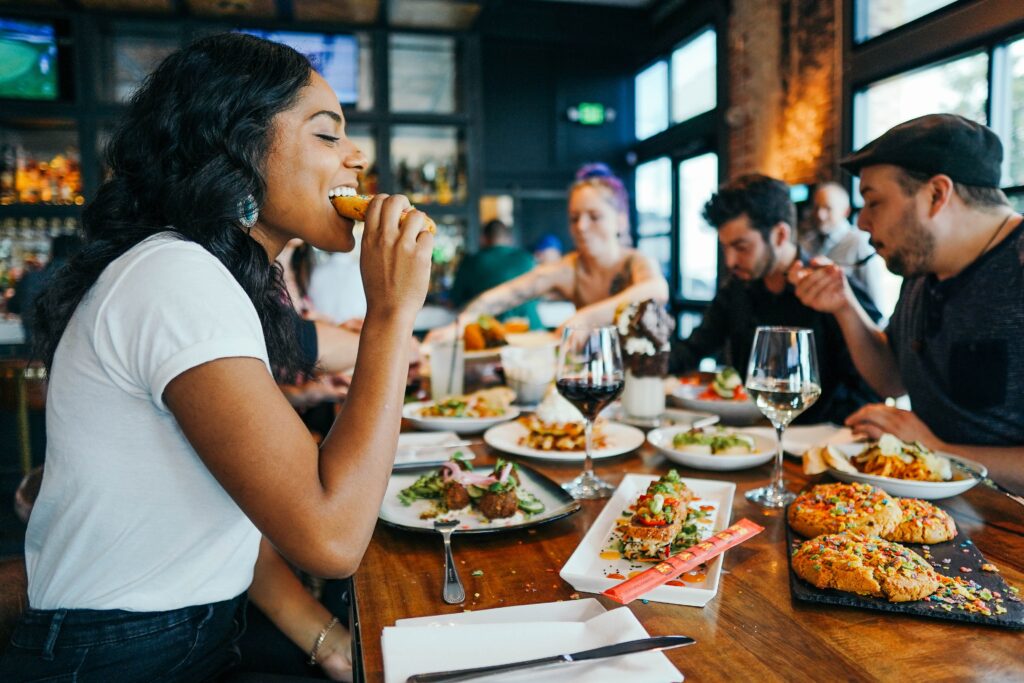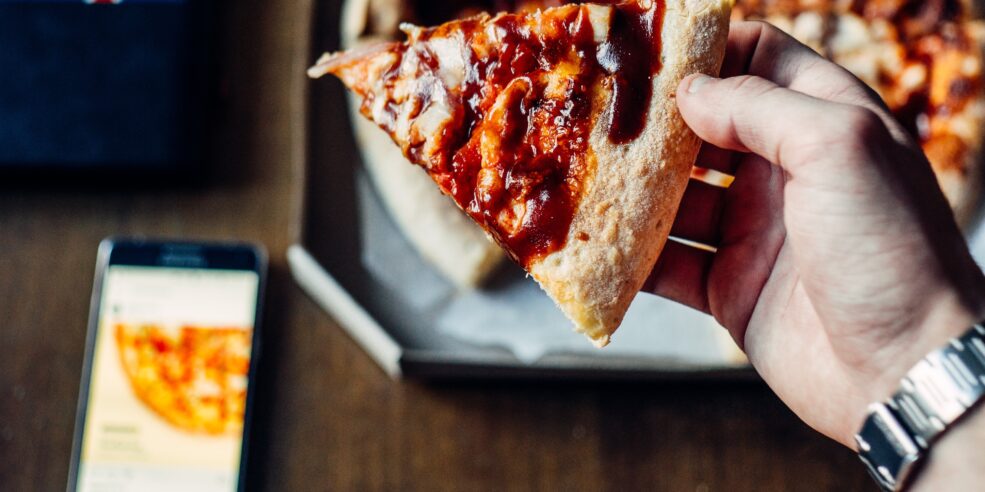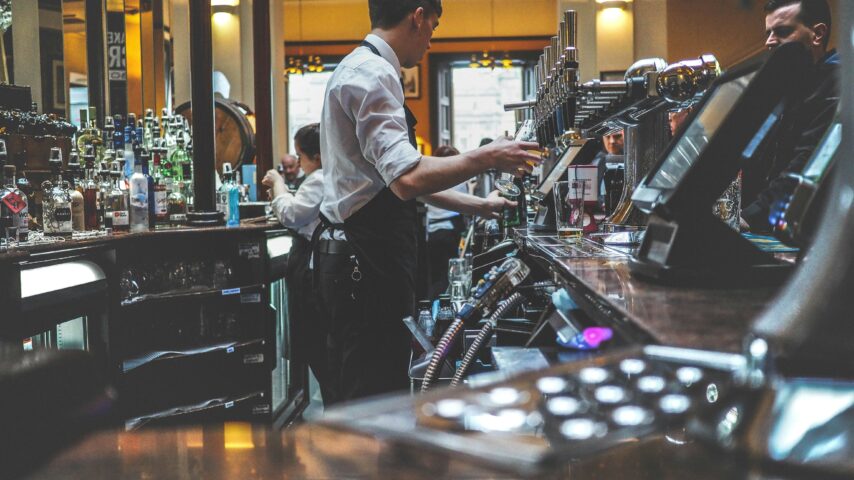This week’s blog is written by our partners at Revel about optimising the digital journey. To find out more about our integration check out our dedicated page.
To Stay Competitive, Stay Ahead of the Tech Curve
When it comes to technology, today’s consumers want it all—an elevated experience that’s faster, more in tune with their own preferences and available to them whenever, and in whichever channels they desire.
These channels include: mobile and web apps, kiosks, tablets for on-the-go orders, voice ordering applications, and many others. Together, these technologies create a complete digital journey for consumers.
The digital journey is more critical than ever before as COVID-19 has changed the restaurant industry. In fact, it may change consumer behavior and expectations permanently.
In 2020 and beyond, the digital experience is about far more than efficiency. It’s now about exceeding consumer expectations. Keeping pace with those expectations can be challenging as new technology emerges. However, it is critical to ongoing, long-term success in a rapidly evolving market.
How can business operators manage these expectations and deliver the technology consumers crave in a realistic way? In order to help operators decide where to focus, let’s look at three key areas that can positively impact today’s digital consumer journey.
Reach More Customers with Online Ordering
The rise of mobile technology aligns with an increase in out-of-restaurant sales. Delivery, takeout and curbside pickup have grown in popularity as aggregatory solutions are making the process easier for consumers to navigate.
COVID-19 has accelerated these trends. More consumers turn to takeout as an alternative to going out while restaurants are closed or operating at reduced capacity. While the numbers are not yet in, the effects of the coronavirus are clear. Consumers are trying third-party delivery services for the first time, and many are ordering more takeout than they did prior to the pandemic. Knowing online and mobile orders are a growth area, restaurant operators not yet utilising takeout or delivery are in a good position to decide how to provide these offerings.
Generally there are two choices for restaurant operators to consider when adding online ordering to their business: going with an aggregator solution, such as Uber Eats, Grubhub, or DoorDash, or developing your own merchant solution. While third-party aggregators can provide a frictionless experience for consumers, they also charge 20-30% for every delivery made. It is often a more cost-effective alternative to have your own native online ordering site. You can direct your loyal consumers there so that the majority of your online business avoids heavy fees.
Maple Street Biscuit Company, a brunch chain with locations across the southeast United States, was thankful to have a native online ordering solution up and running in a matter of days when COVID-19 took the restaurant industry by storm. The team leveraged online ordering to temporarily operate as a general store in response to closing their doors. They even added a philanthropic component to their offering through their Biscuits for Heroes initiative.
“We realised we had a [online ordering] tool that could be modified and updated on a regular basis across our 33 locations, and could build it in a way that guests could easily experience new ways to market,” said Scott Moore, CEO of Maple Street Biscuit company. “We went from being a restaurant, to a grocery store, to a charity vehicle, and everyday we were changing what that looked like. It became a powerful communication tool for us.”
In total, 98% of the nearly 8,000 Biscuits for Heroes purchases were made through their in-house online ordering solution.

Delight Digital-First Customers with Kiosks
The restaurant industry increasingly serves consumers who are true digital natives. Generation Z is today’s most technology-forward generation, and the cohort expects to use it for absolutely everything. In many ways, this generation—among others—prefers interacting with devices to people. They want interfaces to be intuitive, efficient and cut straight to the chase. Mobile apps can meet this need off-premise, but in-store, kiosks are the digital answer.
In 2018, QSR giant McDonald’s embarked on upgrading over 1,000 locations per quarter with self-service kiosks. Consumers who choose to go into a location can place their order, pay through credit or debit, and then pick up their order at the front counter.
In its State of the Restaurant Industry report, the National Restaurant Association found that service-enhancing items, such as tablets at the table and self-service kiosks, are technologies that rate highest with consumers.
This rating likely depends on a few factors. Of course the store and the demographic of the consumer are important considerations. And if there’s a line at a till, there’s a greater likelihood that the consumer will veer towards a kiosk or another type of application.
For the Indian street food concept Curry Up Now, self-service kiosks fit their fast-casual business model and give consumers more control over their ordering experience. Jeremiah Voris, assistant general manager of Curry Up Now’s Bay area locations, explains that kiosks are helpful for consumers who “don’t want to wait in line, are in a hurry, or just don’t like talking to people.” He adds that the kiosk “allows our people to focus more on the guests rather than putting in orders.”
Empower Staff to Make Data-Driven Decisions
Restaurant management teams often spend countless hours on tedious, manual report pulling and data input. With the right point of sale (POS) in place, access to real-time insights and mission-critical reporting from anywhere helps operators keep up with inventory, track customer insights, and analyse sales data. A powerful, intuitive reporting suite helps guide business decisions and gives operators a complete view of their business.
Integrating partners like Tenzo with a POS allows operators to further enhance the power of their reporting capabilities. Improved data aggregation can help improve internal communication, save time, and help operators make fewer mistakes.
Tenzo gives operators complete data visibility—including insights into labour, inventory, reviews and more—and presents it all in real-time, on any device. With more granular insight into how your business is performing, operators can make more educated decisions on what digital experiences are a worthy investment to help keep up with customer demands.

Select a POS that Fully Integrates Your Technology Stack
With the many demands on your time and attention as a business operator, staying in lockstep with the latest technology may not top your priority list. As the consumer journey becomes increasingly digital, and let’s face it, increasingly complex to administer, you’ll want the peace of mind of a support system to make it all accessible for you. After all, what good is rich data or digital experience if you can’t keep up with it?
The good news is, you’re not alone in this need. Top players in the cloud-based POS space don’t just offer you the tools for a rich digital consumer journey; they also offer their team members to help you make sense of it all. Look for platforms that offer managed services to take POS administration and report building off of your task list.
With the right solution in place, you’ll have the support you need to deploy quick, and exceptional digital experiences.
Looking for a new POS platform that offers the latest technology, is easy to learn, and provides a multitude of features to help you better manage your business? Visit revelsystems.com to learn more about how our team can help.
Cover Photo by Vlad Baranov on Unsplash




